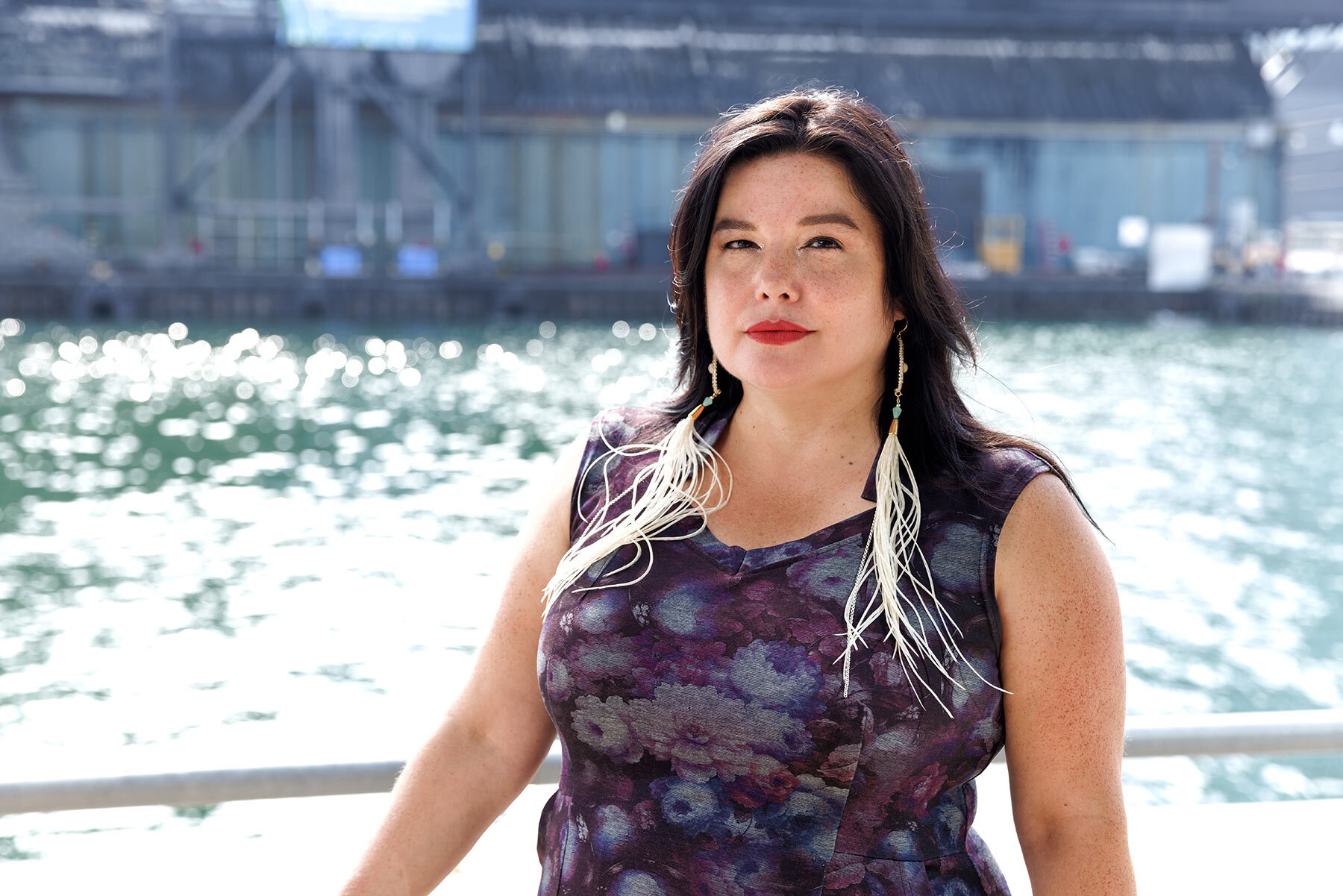Last year Wanda Nanibush, then the curator of Indigenous art for the Art Gallery of Ontario, was in New York City, serving on the jury for the Jane Lombard Prize for Art and Social Justice. She was doing events associated with the prize when, on October 7, Hamas-led militants breached the fence separating Gaza from Israel, some 1,200 Israelis were killed, and more than 200 were taken to Gaza as hostages.
Nanibush stayed in New York a while longer and, in the wake of Israel’s counterattack, watched the protests that began there. In the days and weeks that followed, she posted about Gaza on her private Instagram account. One post mentioned the 1,000 children who had, by that point, been killed. (That number is now over 10,000, per latest reports.) Another defined settler colonialism—whereby colonizers displace and replace an indigenous population—and argued that “all violent resistance to settler colonialism is met with far worse and technologically destructive violence that is seen as justified as self-protection.”
Then, in early November, Nanibush disappeared from public view. Her Instagram account went dark, and her name was scrubbed from the AGO’s website. Shows that she had planned for months were cancelled. The AGO, which had formerly touted Nanibush’s work during her seven years at the museum, issued no public statement.
It soon emerged that Nanibush had abruptly, completely, left the AGO. In statements the museum and its director, Stephan Jost, would eventually release, her departure was described as a mutual decision. But in conversations with me, others would use stronger language—“squeezed out” or “obliged to leave.” While the precise nature of what transpired between Nanibush and the AGO senior leadership remains hazy, a clarifying narrative soon took shape.
From the beginning of her tenure at the museum, Nanibush’s public views on Palestinian justice, expressed on her social media and elsewhere, had irritated powerful members of the board of trustees. She’d been reprimanded before. Three years ago, the museum adopted a new social media policy that, while vague, effectively said anything staffers posted was an extension of the AGO. Nanibush felt the policy was directed expressly at her and was furious. No other staffers, she felt, were being policed as she was. But in the fractious, emotionally charged time after October 7, any advocacy for Palestine risked being interpreted as antisemitic. Those same influential trustees—just two or three out of a board of twenty-seven—could now use Nanibush’s posts as an excuse to remove her from the museum.


